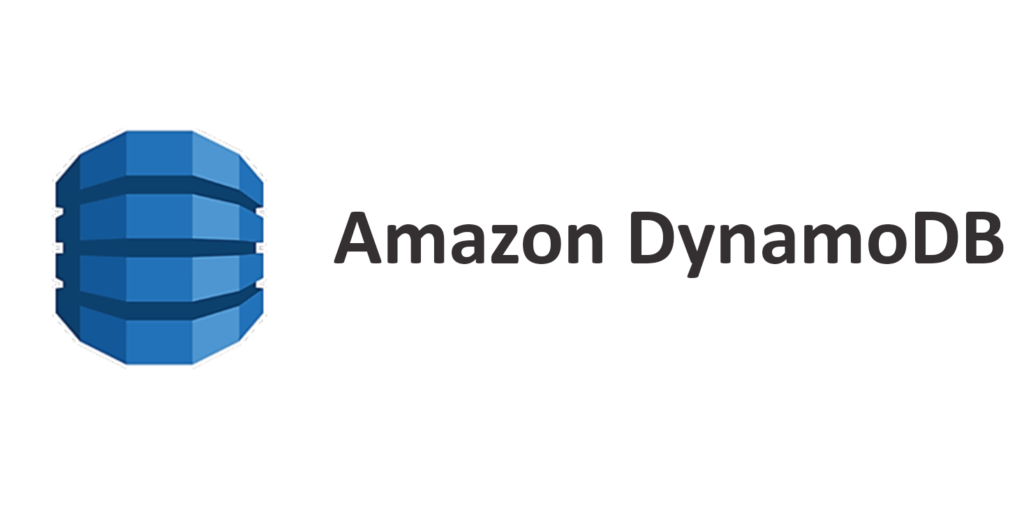Top used Databases Services
We will start our article with AWS Databases services. Here is the portfolio :

We will be focused on services located on the left of this image.
Amazon Relational Database Service RDS
Amazon Relational Database Service (Amazon RDS) makes it easy to set up, operate, and scale a relational database in the cloud. It provides cost-efficient and resizable capacity while automating time-consuming administration tasks such as hardware provisioning, database setup, patching and backups. It frees you to focus on your applications so you can give them the fast performance, high availability, security and compatibility they need.
Amazon RDS is available on several database instance types – optimized for memory, performance or I/O – and provides you with six familiar database engines to choose from, including Amazon Aurora, PostgreSQL, MySQL, MariaDB, Oracle Database, and SQL Server. You can use the AWS Database Migration Service to easily migrate or replicate your existing databases to Amazon RDS.
Use case : Oracle (RDS), SQLServer, MySQL, PostgreSQL, MariaDB…
Amazon Aurora
Amazon Aurora is a MySQL and PostgreSQL-compatible relational database built by AWS for the cloud, that combines the performance and availability of traditional enterprise databases with the simplicity and cost-effectiveness of open source databases.
Amazon Aurora is up to five times faster than standard MySQL databases and three times faster than standard PostgreSQL databases. It provides the security, availability, and reliability of commercial databases at 1/10th the cost. Amazon Aurora is fully managed by Amazon Relational Database Service (RDS), which automates time-consuming administration tasks like hardware provisioning, database setup, patching, and backups.
Use case : MySQL, PostgreSQL with HA and high reliability at small cost.
Amazon DynamoDB
Amazon DynamoDB is a key-value and document database that delivers single-digit millisecond performance at any scale. It’s a fully managed, multiregion, multimaster, durable database with built-in security, backup and restore, and in-memory caching for internet-scale applications. DynamoDB can handle more than 10 trillion requests per day and can support peaks of more than 20 million requests per second.
Use case : Low latency applications (gaming, mobile, web)

Amazon ElastiCache
Amazon ElastiCache allows you to seamlessly set up, run, and scale popular open-Source compatible in-memory data stores in the cloud. Build data-intensive apps or boost the performance of your existing databases by retrieving data from high throughput and low latency in-memory data stores. Amazon ElastiCache is a popular choice for real-time use cases like Caching, Session Stores, Gaming, Geospatial Services, Real-Time Analytics, and Queuing.
Amazon ElastiCache offers fully managed Redis and Memcached for your most demanding applications that require sub-millisecond response times.
Use case : redis or memcached
Top Used Messaging Services
Amazon Simple Notification Service
Amazon Simple Notification Service (SNS) is a highly available, durable, secure, fully managed pub/sub messaging service that enables you to decouple microservices, distributed systems, and serverless applications. Amazon SNS provides topics for high-throughput, push-based, many-to-many messaging. Using Amazon SNS topics, your publisher systems can fan out messages to a large number of subscriber endpoints for parallel processing, including Amazon SQS queues, AWS Lambda functions, and HTTP/S webhooks. Additionally, SNS can be used to fan out notifications to end users using mobile push, SMS, and email.
Use case : Fanout – Processing the same message in multiple ways (i.e Image processing.) If someone uploads an image to S3 then watermark that image, create a thumbnail and also send a Thank You email. In that case S3 can publish notifications to a SNS Topic with 3 consumers listening to it. 1st one watermarks the image, 2nd one creates a thumbnail and the 3rd one sends a Thank You email. All of them receive the same message (image URL) and do their processing in parallel.

Amazon Simple Queue Service
Amazon Simple Queue Service (SQS) is a fully managed message queuing service that enables you to decouple and scale microservices, distributed systems, and serverless applications. SQS eliminates the complexity and overhead associated with managing and operating message oriented middleware, and empowers developers to focus on differentiating work. Using SQS, you can send, store, and receive messages between software components at any volume, without losing messages or requiring other services to be available. SQS offers two types of message queues. Standard queues offer maximum throughput, best-effort ordering, and at-least-once delivery. SQS FIFO queues are designed to guarantee that messages are processed exactly once, in the exact order that they are sent.
Use case : Decoupling 2 applications and allowing parallel asynchronous processing, like jobs framework. The Jobs are submitted to SQS and the consumers at the other end can process the jobs asynchronously. If the job frequency increases, the number of consumers can simply be increased to achieve better throughput.

Source :
aws.amazon.com

